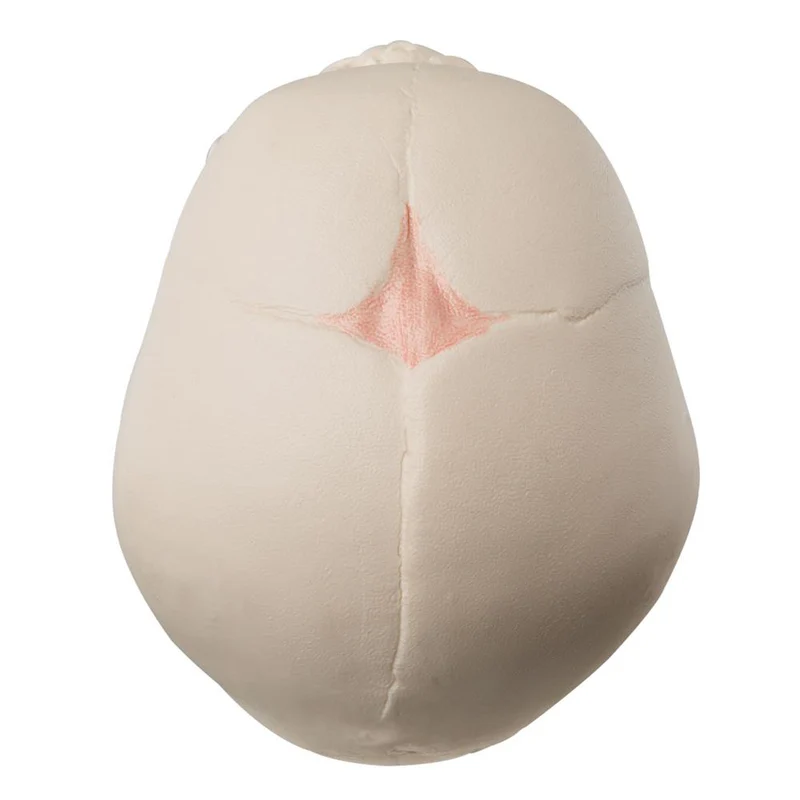Description
Introducing the Fetal Skull Model with Stand, an expertly crafted anatomical model designed to provide a detailed and accurate representation of the fetal skull. Ideal for students, educators, medical professionals, and anyone interested in developmental anatomy, this model is an essential educational tool for studying the unique features of the fetal skull.
Key Features:
Detailed Anatomy: The model showcases the intricate details of the fetal skull, including the sutures, fontanelles (soft spots), and developing bones. It accurately represents the cranial structure at a specific stage of fetal development, offering a clear and precise depiction.
Educational Focus: This model highlights the key differences between the fetal and adult skulls, such as the presence of fontanelles and the proportions of the cranial and facial bones. This focus aids in understanding the developmental processes and anatomical changes that occur from infancy to adulthood.
Realistic Representation: Crafted to mimic the appearance and texture of a real fetal skull, the model features lifelike details that enhance the learning experience. The realistic design helps users visualize and understand the spatial relationships between different cranial structures during fetal development.
High-Quality Materials: Made from durable, high-quality PVC, this model is built to withstand frequent handling. The robust construction ensures long-term use and reliability, making it an excellent investment for educational purposes.
Mounted on a Stand: The model comes mounted on a sturdy stand, allowing for easy display and hands-free examination. The stand provides stability and ensures the model remains upright and accessible during study sessions.
Educational Labels: The model includes clearly marked labels on key anatomical features, making it easy to identify and learn about various parts of the fetal skull. An accompanying guide provides detailed descriptions and explanations of each labeled structure.
Versatile Use: Suitable for a wide range of applications, including medical training, biology and anatomy classes, obstetrics and gynecology education, and as a display piece in clinics and healthcare facilities.
Benefits:
Enhanced Learning: Offers a hands-on, interactive way to study fetal cranial anatomy, aiding in the retention of complex developmental information.
Improved Teaching: Serves as a valuable visual aid for educators, helping to make lessons more engaging and informative.
Professional Use: Assists healthcare professionals in explaining fetal cranial development and related conditions to patients, improving patient communication and understanding.
















Reviews
There are no reviews yet.